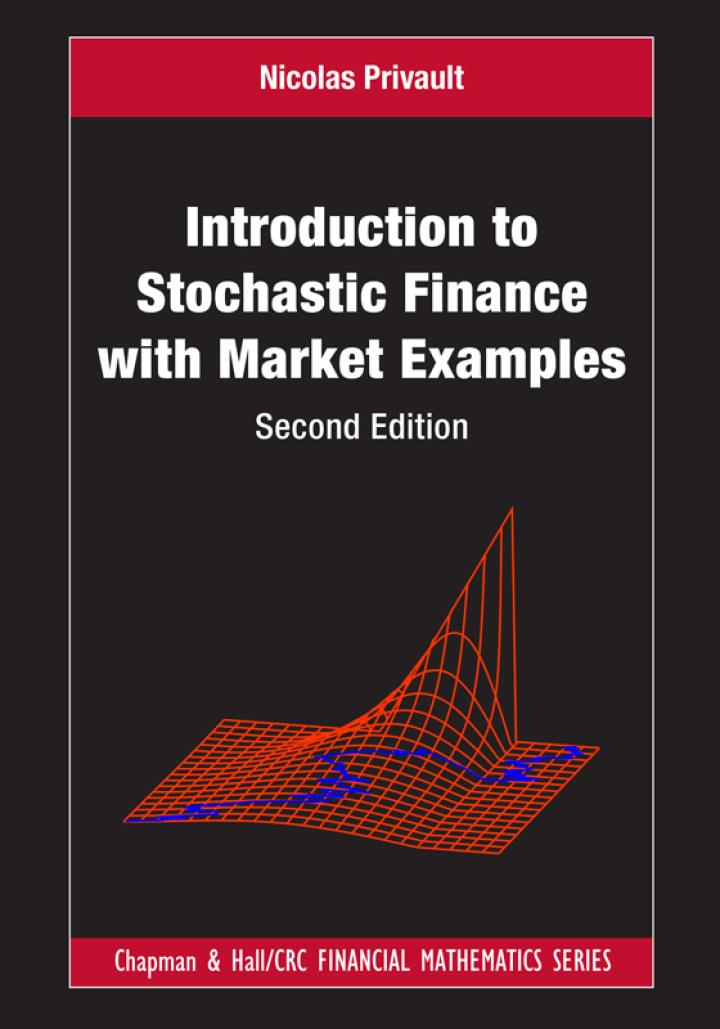Consider a standard Brownian motion (left(B_{t}ight)_{t in mathbb{R}_{+}})started at (B_{0}=0), and let [tau_{L}=inf left{t in mathbb{R}_{+}: B_{t}=Light}]
Question:
Consider a standard Brownian motion \(\left(B_{t}ight)_{t \in \mathbb{R}_{+}}\)started at \(B_{0}=0\), and let
\[\tau_{L}=\inf \left\{t \in \mathbb{R}_{+}: B_{t}=Light\}\]
denote the first hitting time of the level \(L>0\) by \(\left(B_{t}ight)_{t \in \mathbb{R}_{+}}\).
a) Compute the Laplace transform \(\mathbb{E}\left[\mathrm{e}^{-r \tau_{L}}ight]\) of \(\tau_{L}\) for all \(r \geqslant 0\).
Use the Stopping Time Theorem 14.7 and the fact that \(\left(\mathrm{e}^{\sqrt{2 r} B_{t}-r t}ight)_{t \in \mathbb{R}_{+}}\)is a martingale when \(\underline{r>0}\).
b) Find the optimal level stopping strategy depending on the value of \(\underline{r>0}\) for the maximization problem
\[\operatorname{Sup}_{L>0} \mathbb{E}\left[\mathrm{e}^{-r \tau_{L}} B_{\tau_{L}}ight]\]
Step by Step Answer:

Introduction To Stochastic Finance With Market Examples
ISBN: 9781032288277
2nd Edition
Authors: Nicolas Privault





